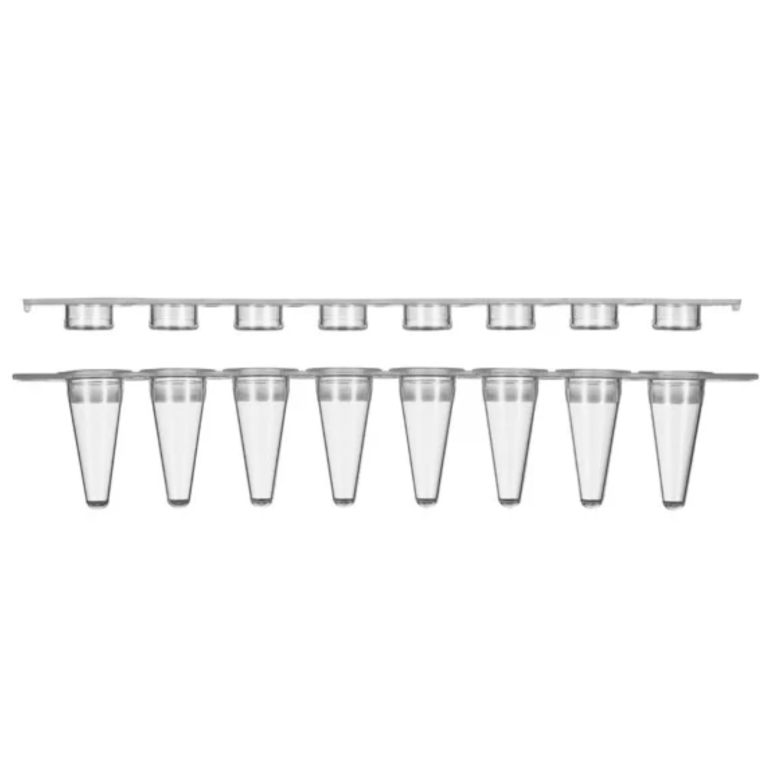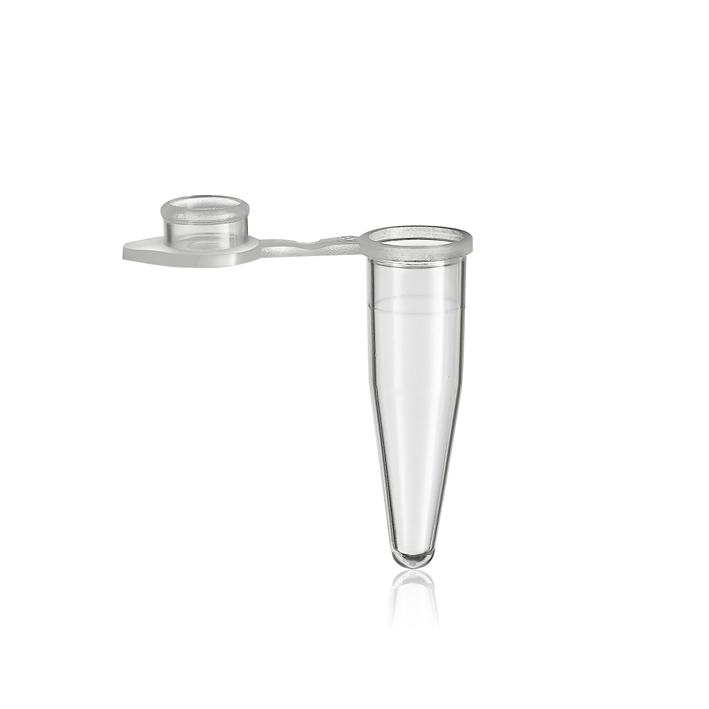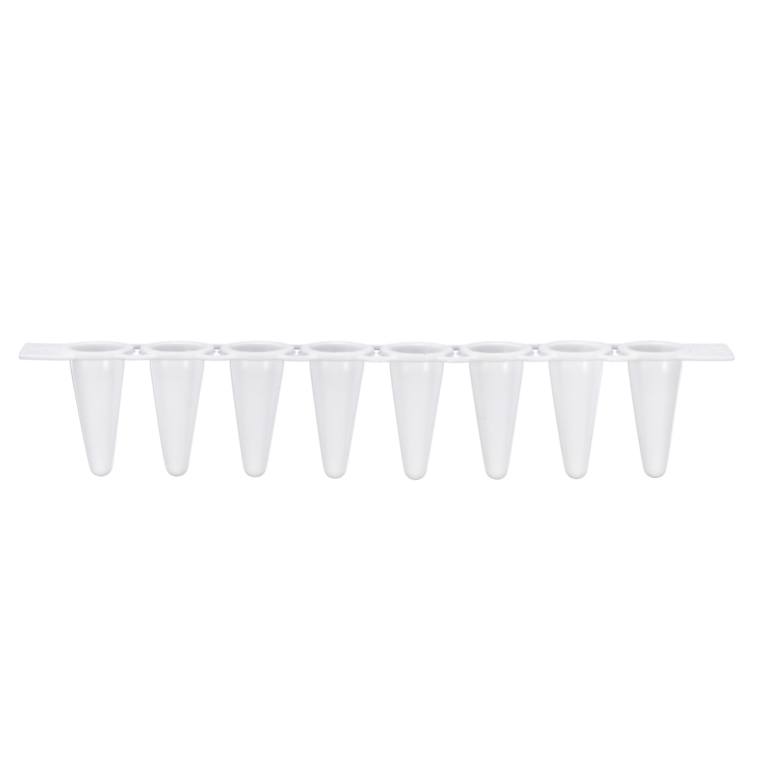When using a serological pipette, there are certain practices you should never do to ensure accurate and reliable results, as well as to maintain the integrity of the pipette. Here are some things to avoid:
- Never Exceed the Pipette’s Volume Limits:
- Do not exceed the maximum or fall below the minimum volume limits specified for the serological pipette. Doing so can result in inaccurate measurements.
- Never Ignore Calibration:
- Never use a serological pipette without checking or calibrating it first. Regular calibration is crucial to maintaining accuracy. Using an uncalibrated pipette can lead to unreliable results.
- Never Use a Damaged Pipette:
- Do not use a serological pipette that is damaged, cracked, or has a malfunctioning plunger. Using a damaged pipette can compromise accuracy and introduce contamination.
- Never Blow Out Liquid from the Pipette:
- Do not blow out the remaining liquid from the pipette tip. This can introduce errors and lead to inaccurate volume measurements. Instead, dispense the liquid by gently depressing the plunger to the appropriate stop.
- Never Pipette by Mouth:
- Under no circumstances should you pipette by mouth. Using your mouth to aspirate or dispense liquids can expose you to potentially hazardous substances and poses a significant risk of contamination.
- Never Reuse Disposable Pipette Tips:
- If using disposable tips, never reuse them. Reusing tips can lead to cross-contamination between samples and compromise the reliability of your experiment.
- Never Ignore Sterility:
- When working with biological or sensitive samples, never ignore sterile techniques. Contamination can impact the accuracy of results and compromise the integrity of your experiment.
- Never Mix Different Pipette Tips:
- Do not mix pipette tips from different manufacturers or lots. Tips can have variations in dimensions, which can affect the accuracy of the pipette. Stick to the recommended tips for your specific pipette.
- Never Ignore Temperature Effects:
- Avoid neglecting the impact of temperature on liquid density. Temperature variations can affect the accuracy of volume measurements. Be aware of the temperature conditions and adjust accordingly.
- Never Force the Plunger:
- Avoid forcing the plunger of the pipette. Use gentle and steady pressure when aspirating and dispensing liquids. Forcing the plunger can lead to inaccurate measurements and potential damage to the pipette.
- Never Use the Pipette for Incompatible Liquids:
- Check the compatibility of the pipette with the liquid being handled. Some liquids may corrode or damage certain pipette materials.
- Never Neglect Regular Maintenance:
- Regularly clean and maintain your serological pipette according to the manufacturer’s guidelines. Neglecting maintenance can lead to issues such as sticking plungers or inaccurate measurements.
By avoiding these practices, you can enhance the accuracy and reliability of your serological pipetting and maintain the longevity of your pipette. Always adhere to good laboratory practices and follow the specific guidelines provided by the manufacturer.



